Pour a little water into a tall pan, lightly salt and bring to the boil.
Wash the spinach leaves thoroughly with cold water. When the water is boiling, you can now add the washed spinach leaves and simmer. As soon as the spinach has collapsed, you can sieve it and squeeze it well to minimise the amount of water in the filling.
Now place the garlic and a tablespoon of olive oil in a clean pan, sauté briefly and then add the squeezed spinach. Season with salt, pepper and a little nutmeg, remove from the heat and leave to cool for approx. 30 mins.
If you don't want to cook the spinach, you can use frozen spinach leaves. In this case, the garlic is simply added fresh and not steamed.
Once the spinach has cooled, you can chop it very finely and mix it with the ricotta in a bowl. Now mix in the parmesan and season to taste with the spices.
Before you fill the filling into a pastry bag, be sure to test whether you have seasoned it well enough and, of course, to prepare yourself for the delicious end product.
Now chill the filled pastry bag for approx. 30 minutes. During this time, you can now roll out the pasta dough and prepare the mould.
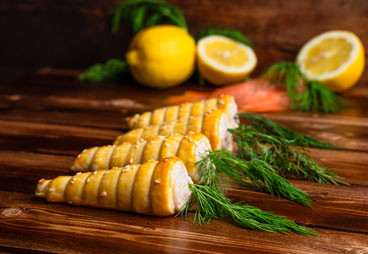
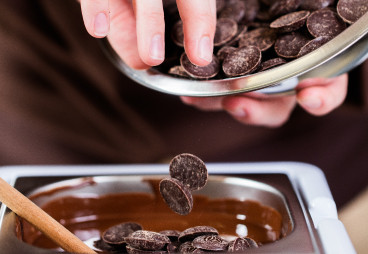
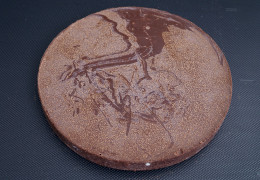
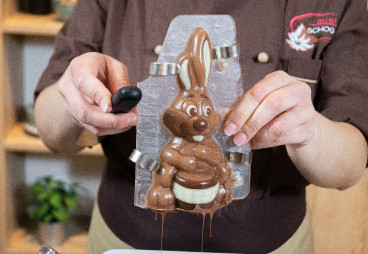





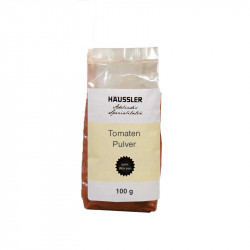
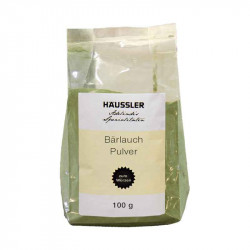
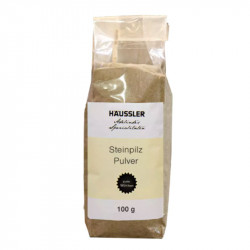
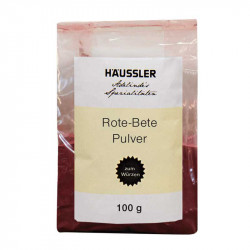
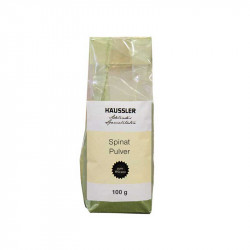
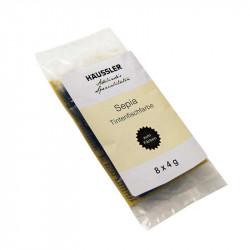




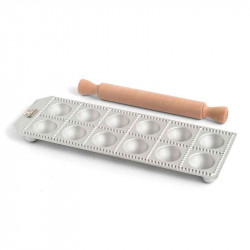

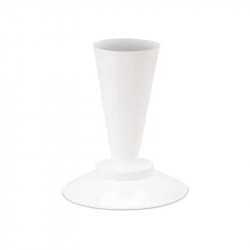
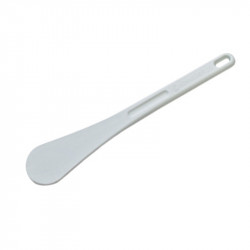



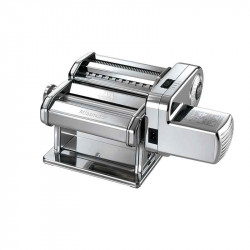


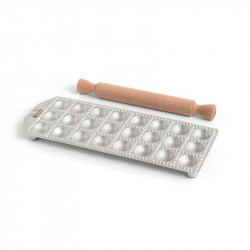





Leave a comment